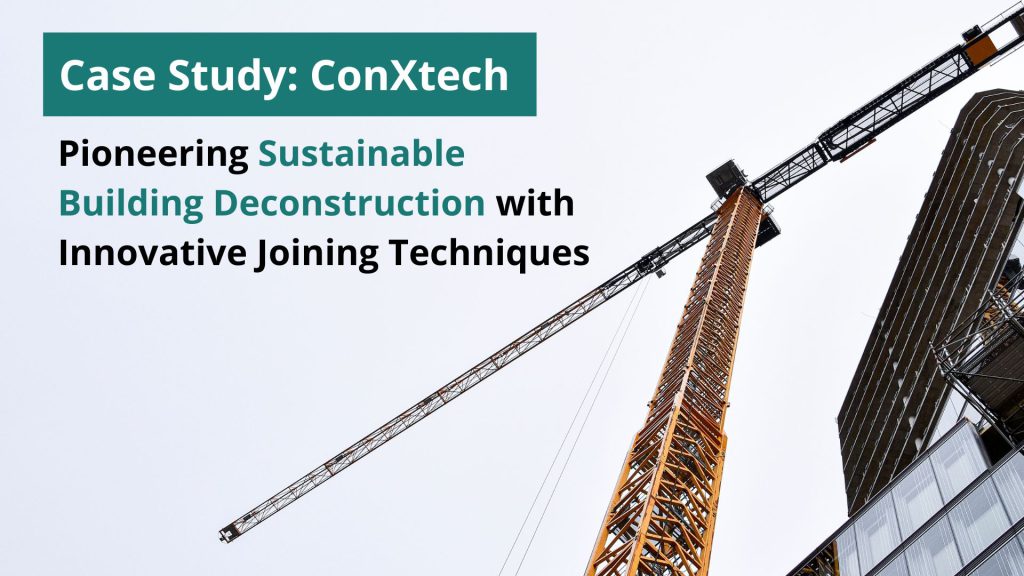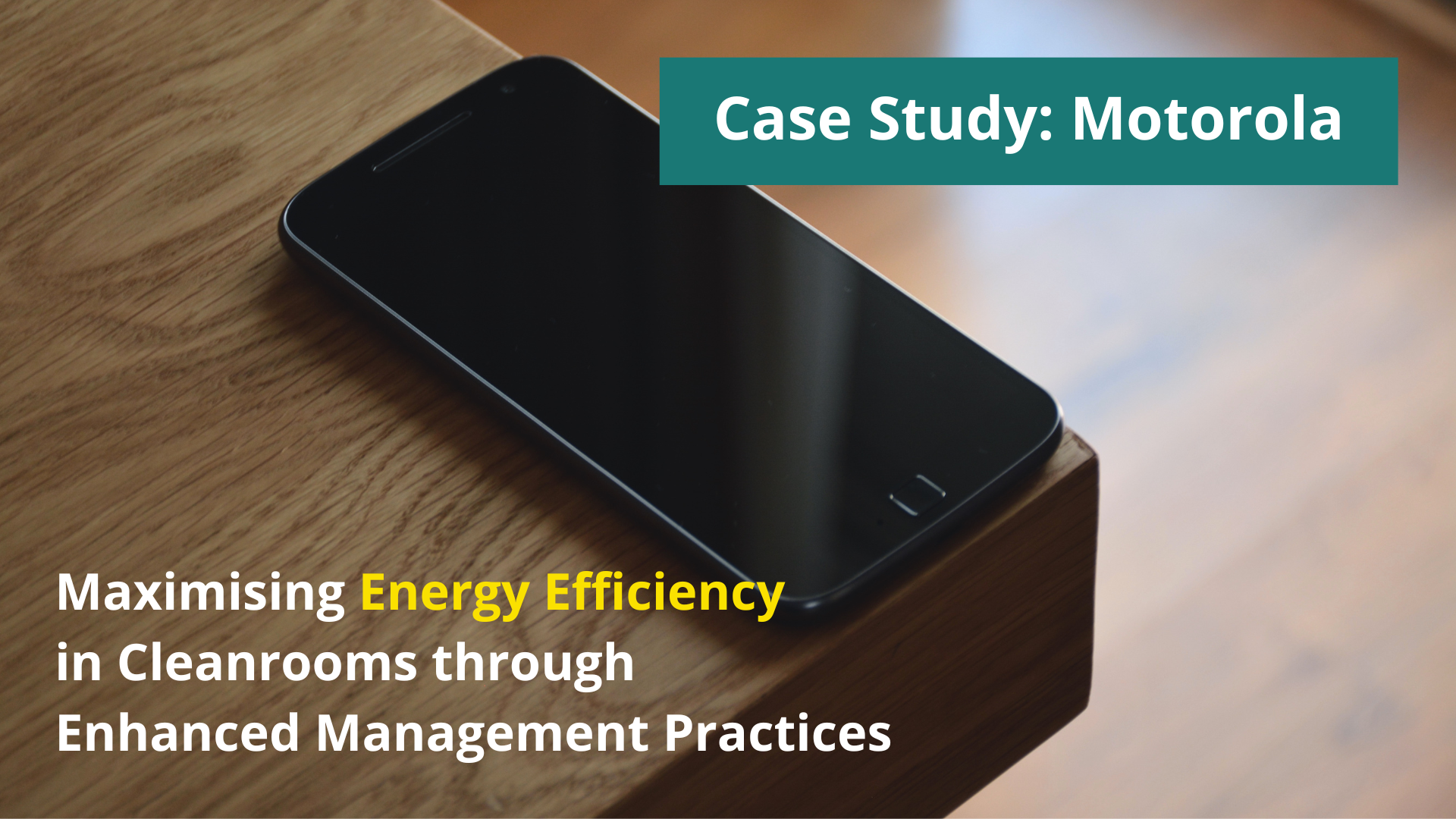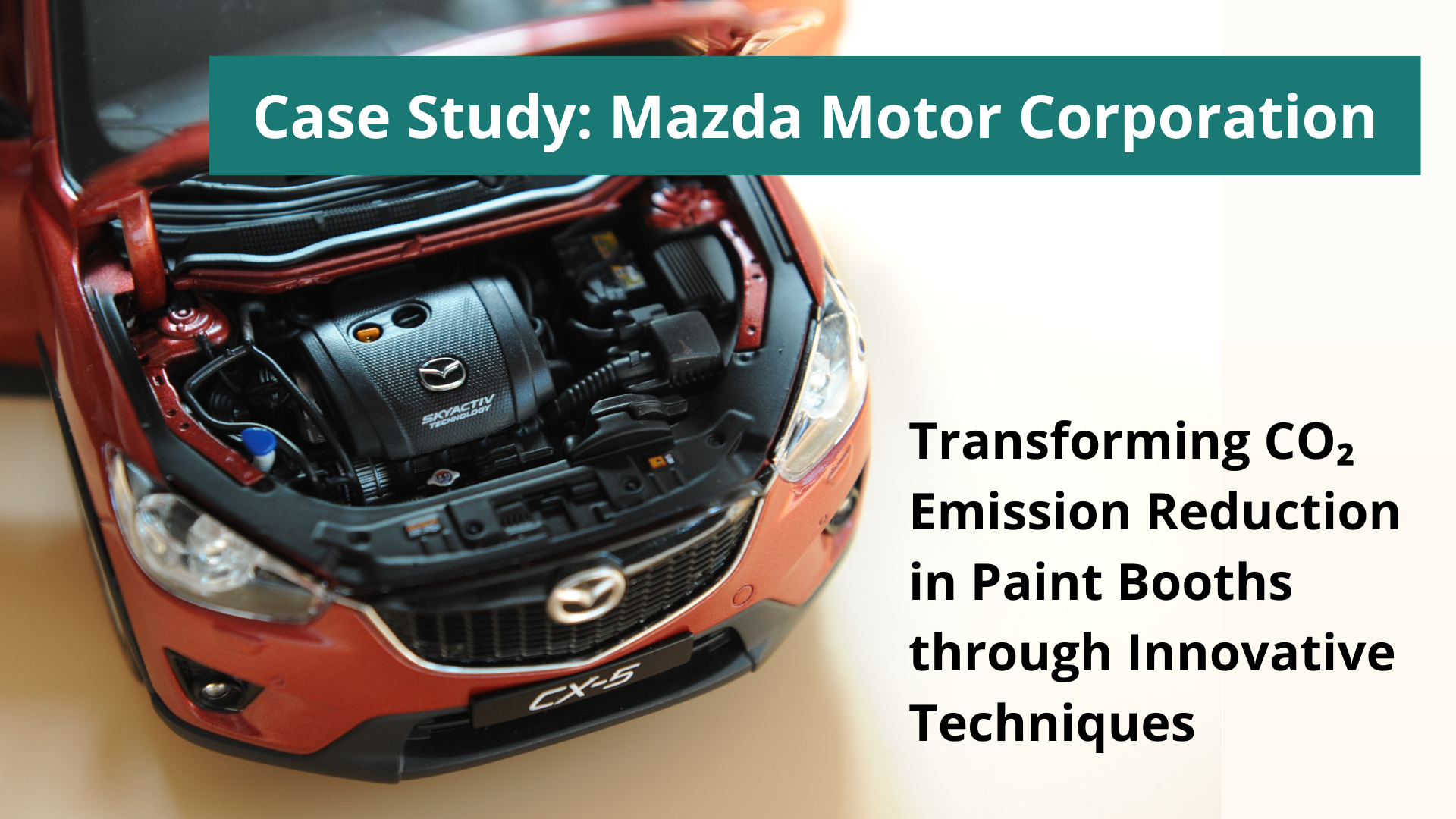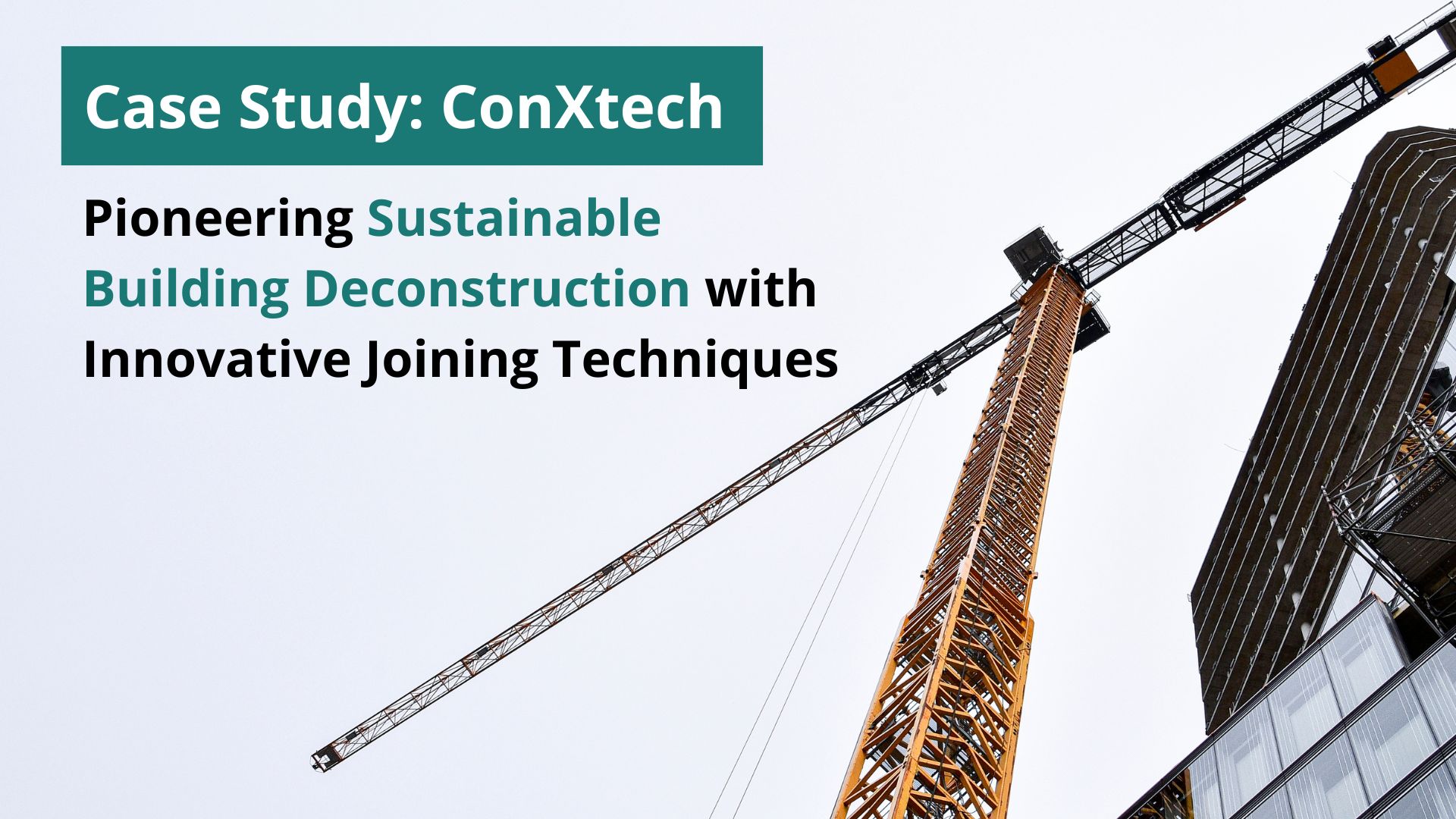
Within the realm of sustainable construction practices, the efficient deconstruction of buildings and maximising reusability is of utmost importance. ConXtech, a pioneering company based in the US, recognised the limitations posed by traditional bolted structural elements when it came to deconstruction. ConXtech embarked on a journey of co-design and open innovation to develop a novel joining technique that would revolutionise the deconstruction process.
Case Study: ConXtech
Best Environmental Management Practice
Conventional deconstruction methods often result in a loss of reusability due to the economic challenges associated with economically disassembling bolted joints between metal components, such as I-beams. To address this issue, ConXtech engaged in collaborative efforts with building and assembly experts, leveraging their in-depth knowledge and expertise. This collaborative approach allowed ConXtech to develop a unique joining technique that would facilitate the efficient and cost-effective disassembly of building structures.
Environmental Aspects Affected
The implementation of ConXtech’s innovative joining technique had several positive environmental impacts. By enabling easier disassembly of bolted joints, the technique significantly increased the reusability potential of metal components, thereby reducing the amount of steel scrap that would typically be recycled. Additionally, ConX structures, which are lighter and faster to assemble compared to traditional steel or concrete structures, helped reduce total tonnage and waste generated during fieldwork. The adoption of the ConX System also led to a reduction in on-site equipment usage, enhancing both safety and resource efficiency.
Rationale / Economics
The rationale behind developing the novel joining technique was driven by the need to address the inefficiencies and limitations of conventional deconstruction practices. By streamlining the disassembly process and maximising reusability, ConXtech aimed to promote a more sustainable approach to building construction and dismantling. From an economic standpoint, the ConX System offered several advantages, including faster assembly times, reduced on-site equipment requirements, and decreased risk due to its robust and secure structural system.
In conclusion, ConXtech’s case study exemplifies the power of co-design and open innovation in driving transformative changes within the construction industry. By successfully developing an innovative joining technique, ConXtech has revolutionised the deconstruction process, unlocking greater reusability potential and minimising waste. This Best Environmental Management Practice not only enhances environmental sustainability but also presents economic benefits through improved efficiency and reduced risk. ConXtech’s pioneering approach serves as an inspiration for the industry, encouraging collaboration and innovation to create a greener future in the realm of building construction and deconstruction.
Download Free Guide on Best Environemntal Management practices in Fabricated Metal Product Manufacturing Industry that will help you to save on costs and be more eco-friendly.
If you would like to achieve benefits and integrate your business processes with the best environmental practices through the implementation of the Environemntal Management System according to ISO 14001 – visit www.iso14001in14weeks.co.uk – I will be happy to help!

Ph.D. Beata Paliwoda
Founder and Owner of EQM. Environmental and quality consultant and auditor. Professional career built in Quality Assurance departments in various companies from the automotive, aerospace, railway industries, as well as a management systems consultant. Successfully completed many complex projects related to the implementation of management systems, process improvements and business transformation. Auditor of ISO 9001, ISO 14001, AS 9100, project manager of APM, lecturer at the Poznan University of Business and Economics, researcher on the effectiveness of EMS and QMS in organisations.
Sources
- European Commission, Best Environemntal Management Practices for Fabricated Metal Product Manufacturing, EUR 30025 EN, 2020, doi:10.2760/894966
- https://www.conxtech.com/
Disclaimer
The purpose of this blog post is to promote best environmental management practices and showcase a real-life example of sustainable initiatives. The information provided is based on available sources and is intended for general informational purposes only. The author does not assume any liability for the actions or decisions made by other organisations or individuals based on the content of this blog post. The author also does not claim to have been directly involved in the implementation of the described practices within the specific company mentioned.






